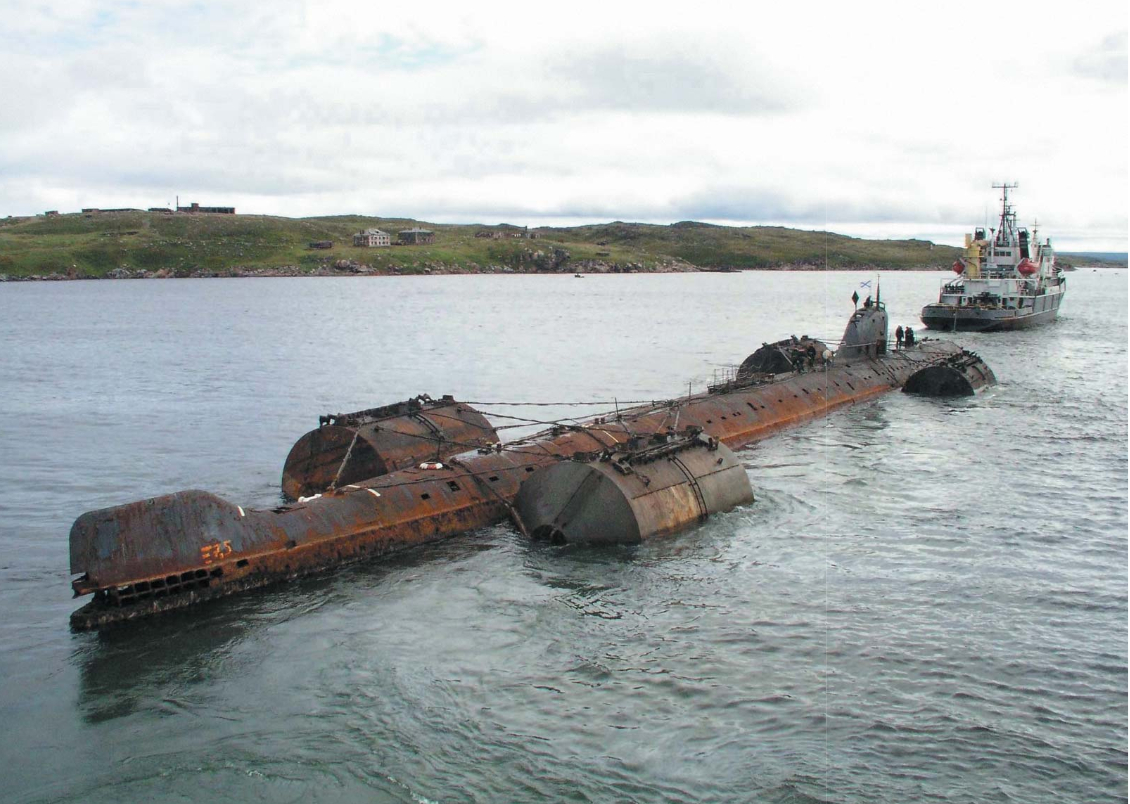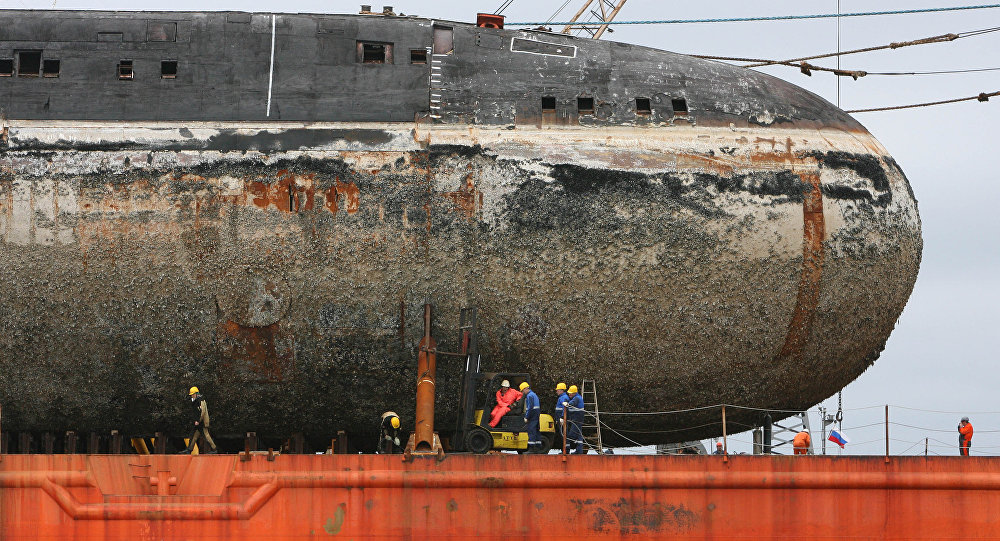Rosatom plans to take six most radiation-hazardous objects out from the bottom of the Russian Arctic waters in eight years. These are the reactors from submarines K-11, K-19 and K-140, two intact submarines K-27 and K-159 and spent fuel from the reactor of the icebreaker Lenin.
This is a small part of what is in the Russian Arctic, but these objects create 90 percent of the radiation background there, Rosatom told TASS.
The problem of nuclear submarines, icebreakers and their parts sunk in the Arctic waters has existed since the Soviet times. In order to dispose of the nuclear weapons and the nuclear fleet after the arms race, several bases were created in the Murmansk region. But during the transportation, some objects containing hazardous spent nuclear fuel sank.
“It is estimated that about 95 percent of the 18 000 flooded objects came to a safe state naturally. The gamma radiation levels around them are consistent with natural background levels. The remaining five percent – that is 1 000 objects – have higher levels of gamma radiation. Six objects out of this thousand may pose the greatest danger”, the state corporation said.
Rosatom relies on the research data that was obtained at the end of 2019 following the work of the international consortium including the Italian company Sogin, the Norwegian radiation protection agency NRPA (now DSA), the British Nuvia and the German EWN.
Based on the results of modeling the danger of all the listed objects, the consortium came to the conclusion that “at the moment these objects are only potentially dangerous and do not pose a real threat”, and also recommended to take out two submarines (K-159 and K-27). For the rest, according to the international group of scientists, at the moment, it is enough to conduct constant monitoring of the situation.
Rosatom believes that “even an extremely low probability of leakage of radioactive materials from those objects is unacceptable for the Arctic ecosystem”.
Text: Angelica Stepanova, Photo: open sources






